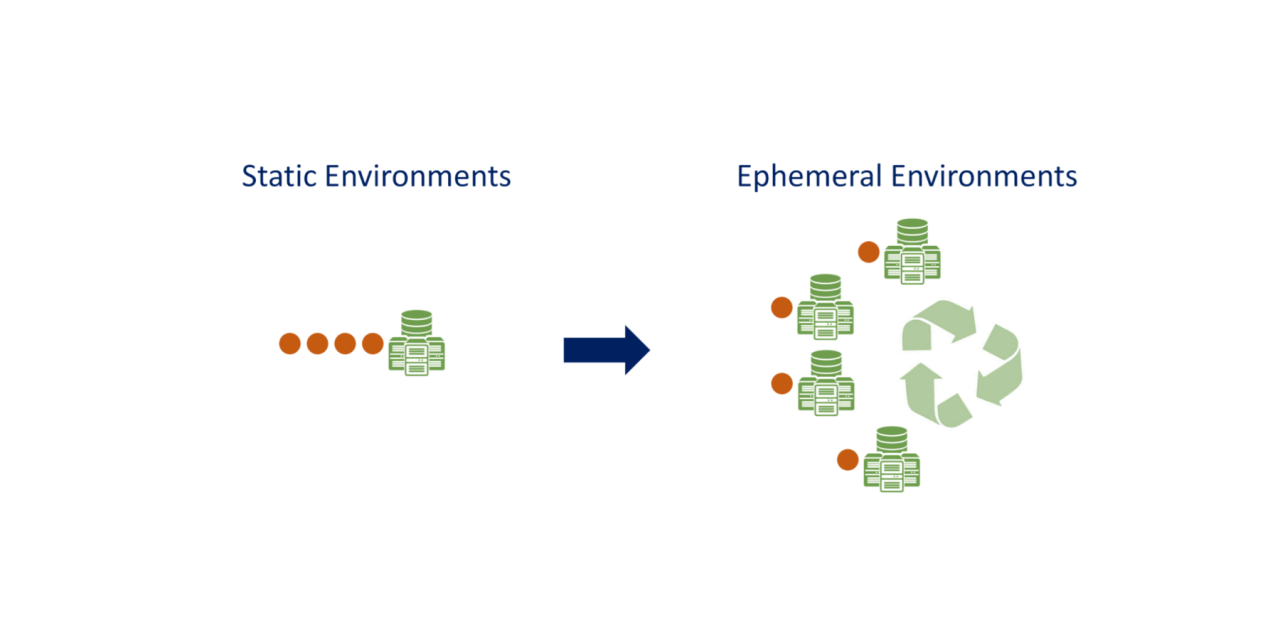By: Karl Rubin, COO
When developers and operations teams are looking in different directions, ultimately Dev and operations will suffer chaos, confusion, time waste, and user dissatisfaction. Fortunately, DevOps proves to be an excellent solution as it aligns Dev and Ops teams on the same wavelength. And imagine what happens when both the crucial teams can work collaboratively and seamlessly:
- Rapid application delivery
- In-built security and quality assurance
- Iterative debugging and improvement
- User-centric features and effectiveness
- Savings in time
- Reduction in costs
- Overall agility
- A lean IT work culture
- Improved test coverage
- Fewer software errors and failure
Implementation of DevOps strategy – Flow and Benefits
If you are beginning your DevOps journey, start with a clear and detailed strategy and begin modularizing the IT cycle. Create clear guidelines and maps for Dev and Ops teams. Break the siloes that separate them – be it of resources, processes, or mindsets. Bring them closer. Encourage and reward collaboration. Introduce lean processes, automation, and agility through new tools. Bring in continuous development, integration, and monitoring in the entire system. You have to add QA, test automation, and total application performance monitoring as well. Make sure you can roll in fast provisioning of infrastructure and agile programming approaches too.
When you do it all well, you’ll enjoy fewer errors, less resistance, improved user trust, and fewer post-release problems. You will also see fewer infrastructure configuration issues. Improved dialogue and action between various teams will lead the software faster to production without compromising quality and security.
In The State of DevOps report 2021 – it has been observed that highly-evolved organizations use the cloud better and are far more likely to have implemented extensive automation. While 65 percent of mid-evolution organizations report using the public cloud, only 20 percent of them use the cloud to its full potential compared to 57 percent of high-evolution organizations. Highly evolved firms are far more likely to have implemented extensive and pervasive automation.
How to Get Started and What to Avoid?
DevOps needs the right approach, implementation-finesse, and awareness about possible pitfalls. Do not implement DevOps for the sake of it. Have a good understanding of its actual needs.
In the 2021 Accelerate State of DevOps Report, one can see that elite performers deploy 973x more frequently than low performers, have a 6570x faster lead time to deploy, a 3x lower change failure rate, and an impressive 6570x faster time to recover from incidents when failure does happen. You read that right: compared to low performers, elite performers can continually demonstrate organizational success with DevOps empirically.
Also, respondents who use hybrid or multi-cloud were 1.6 times more likely to exceed their organizational performance targets. Another factor to keep in mind is that of precise mapping and documentation. Documentation is foundational for successfully implementing DevOps capabilities. Teams with high-quality documentation are 3.8x more likely to implement security best practices and 2.5x more likely to leverage the Cloud to its fullest potential fully.
Try to avoid tool incompatibility and visibility gaps. Also, pump up performance reviews, monitoring and feedback wherever possible. You can always start small, correct your mistakes, learn from failure, and scale up gradually and effectively.
Also, start measuring productivity with new metrics that are better aligned to DevOps than traditional ones. These can be around development frequency, deployment time, percentage of automated tests that passed, code commits, defect rate, overall costs, and environmental impact. Start measuring things like time to detection, unplanned work, Mean Time to failure (MTTF), Mean Time To Detection (MTTD), Mean Time to Recovery (MTTR), customer tickets, and the rate of change between deployments.
Start looking at productivity and software success in a new way. Now, you have the DevOps lens to do so.



